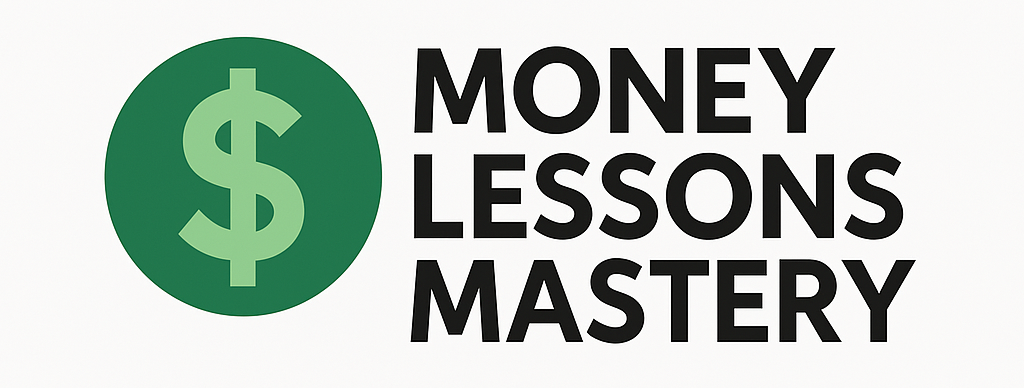Financial risk is a natural part of managing your money, whether you’re investing, budgeting, or running a business. The key is understanding the types of risks involved and taking steps to reduce their potential impact. With proper planning and awareness, you can make confident financial decisions and protect your financial future.
1. Know the Different Types of Financial Risk
Before you can manage financial risk, it’s important to understand the various types. Each affects your money in different ways:
- Market Risk: The risk of losses due to changes in market prices or interest rates.
- Credit Risk: The possibility that a borrower won’t repay a loan or debt.
- Inflation Risk: The risk that rising prices will decrease the value of your money over time.
- Liquidity Risk: The risk of not being able to quickly access your cash without a loss.
- Operational Risk: Losses from failed internal processes, systems, or external events.
2. Evaluate Your Personal Risk Tolerance
Everyone has a different comfort level when it comes to risk. Understanding your own risk tolerance helps you make smarter decisions with your money.
- Take a risk assessment quiz: Many online tools can help you gauge your risk comfort level based on your financial goals and personality.
- Consider your financial situation: Age, income, debt, and family responsibilities all affect how much risk you can reasonably take on.
3. Diversify Your Investments
Diversification is one of the simplest and most effective ways to manage financial risk. It’s the concept of not putting all your financial eggs in one basket.
- Mix asset types: Include a blend of stocks, bonds, cash, and real estate in your portfolio.
- Spread across industries and regions: Don’t concentrate all your investments in one sector or country.
- Use index funds or ETFs: These often provide built-in diversification with low fees.
4. Set Up an Emergency Fund
An emergency fund acts as a financial buffer to protect you against unexpected events like job loss, medical bills, or urgent home repairs.
- Aim for 3–6 months of expenses: Store this in a high-yield savings account for easy access and some interest earnings.
- Build it gradually: Set up automatic transfers from your checking account to your emergency fund until you hit your target.
5. Review Insurance Coverage
Insurance can protect you from large, unexpected financial losses. Review and update your coverage regularly as your life circumstances change.
- Health insurance: Helps manage the high cost of medical care.
- Auto and home insurance: Protects major assets in case of accidents or damage.
- Life insurance: Provides financial support to loved ones if something happens to you.
- Disability insurance: Replaces income if you’re unable to work due to illness or injury.
6. Monitor and Adjust Your Financial Plan
Managing risk isn’t a one-time task—it should be part of your ongoing financial routine.
- Regularly review your investments: Make sure your asset allocation still aligns with your goals and tolerance for risk.
- Track your budget: Staying on top of your spending helps reduce risks like debt accumulation or missed savings opportunities.
- Check your credit report: Reviewing your credit helps prevent identity theft and monitor your financial health.
7. Stay Educated and Cautious With New Opportunities
New financial trends, apps, or investment opportunities can be exciting—but risky.
- Do your research: Understand how an investment works before putting in your money.
- Beware of scams: If something sounds too good to be true, it probably is.
- Use trusted sources: Follow guidance from reliable financial institutions or licensed advisors.
Final Thoughts
You don’t need to avoid risk completely to be financially successful—you just need to manage it wisely. By understanding the types of financial risk and taking thoughtful steps to prepare for the unexpected, you can build a more stable and confident financial future. The more proactive you are, the better positioned you’ll be to turn financial risks into opportunities for growth.
